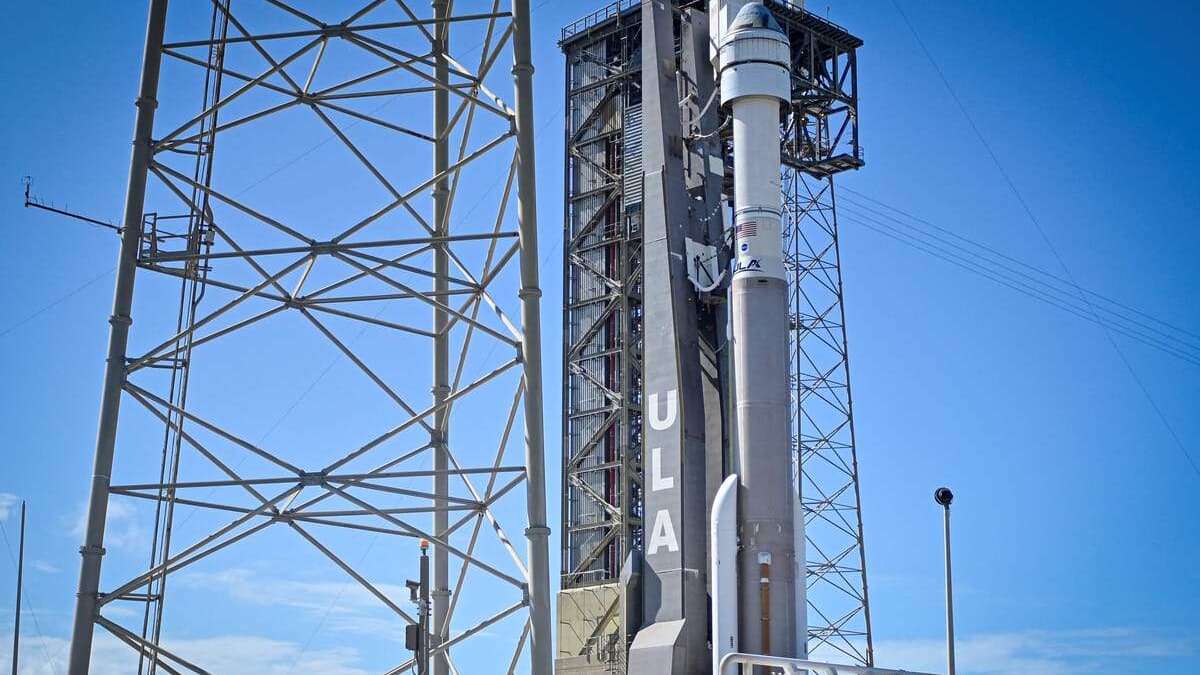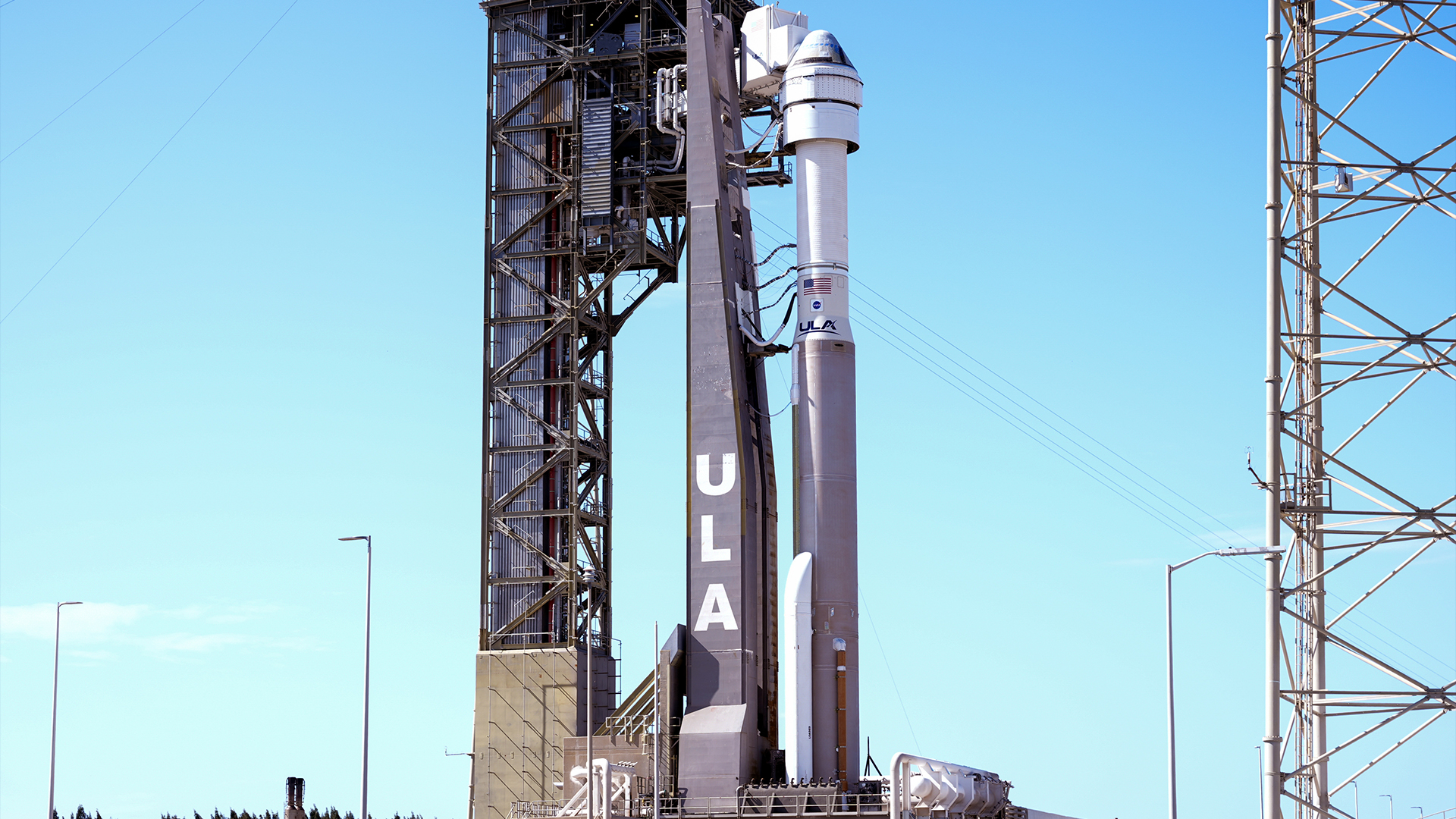
Taking the train instead of using the car would be an ideal way to contribute to carbon neutral ambitions. But unfortunately, more and more stations and small lines have been abandoned and closed because their traffic potential is too low to continue with their maintenance. A dilemma that SNCF intends to address with innovative solutions!
The railway company says it itself,” Sometimes the TER is “too much” compared to the reality of the traffic »Many rural areas with underutilized railways are facing problems of inadequate rail services. Users in these areas often don’t have the option of opting for rail on the road, which can hinder the efforts of thousands of French people to reduce their carbon footprint. At a time when climate change and purchasing power are at the heart of the matter, a solution to moving better and cheaper would be welcome.
This is what SNCF strives to deliver through innovation and development Solution which require lower operating and maintenance costs associated with their use. These new options are intended to make the rail service more competitive than the car, particularly for transporting people individually, which is currently far from realistic.
Move the near future
In addition to the current TER bid, SNCF, for example, imagined an incredible 100% electric shuttle that would revitalize its rail network. It’s called Flexi, and it looks like a small car but can run on rails like a train, as well as on the road! The principle is simple: in order to better serve sparsely populated areas, and to avoid users having to use the car, Flexy will be able to cover the first and last kilometers of the journey, bringing them closer to the stations.
Moving at a maximum speed of 60 km/h on rail, these mini-vehicles will allow closed mini-rail lines to reopen, cutting costs in half compared to traditional rail options. Its testing will begin in 2024, and the national launch should take place the following year!





